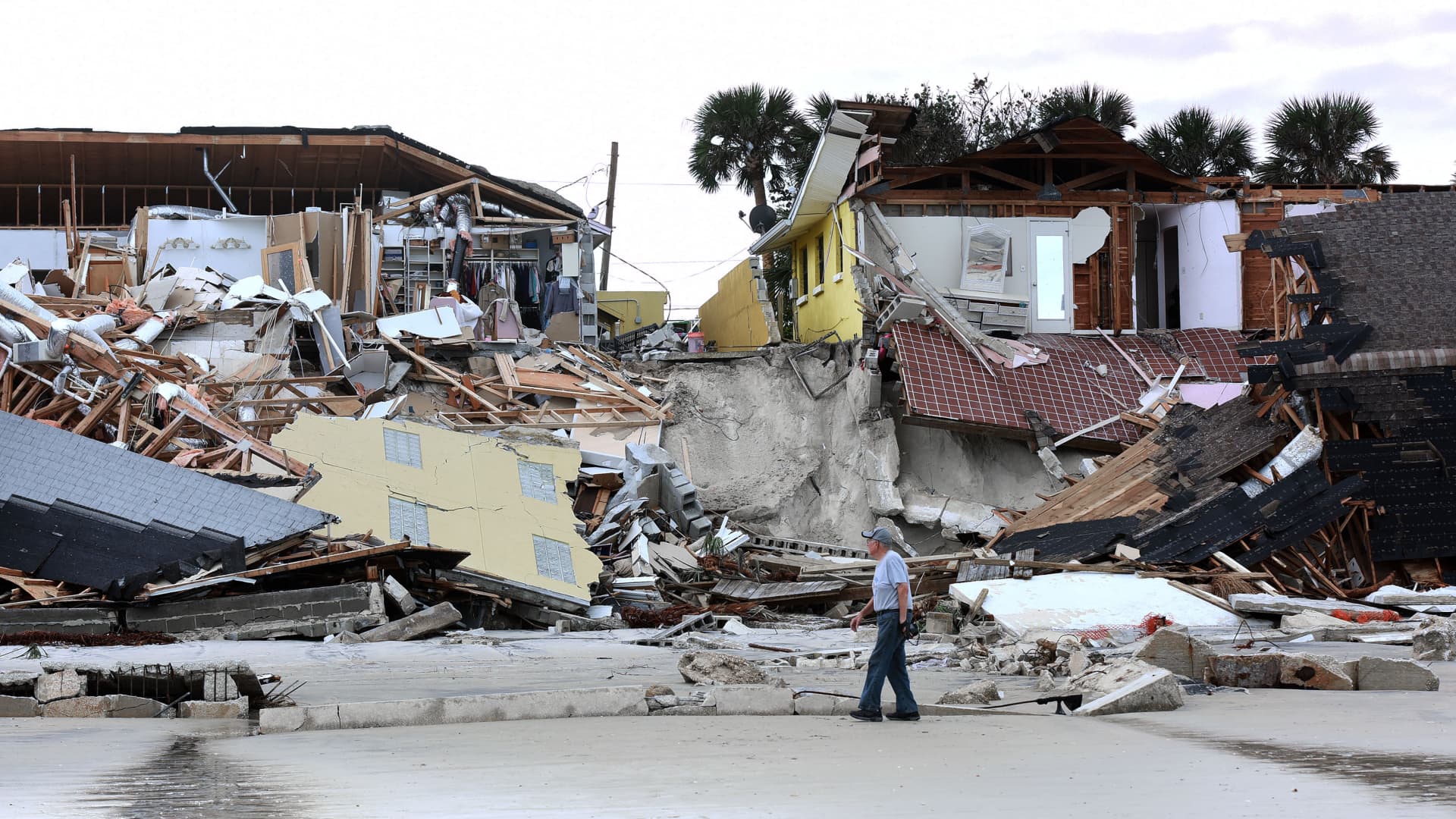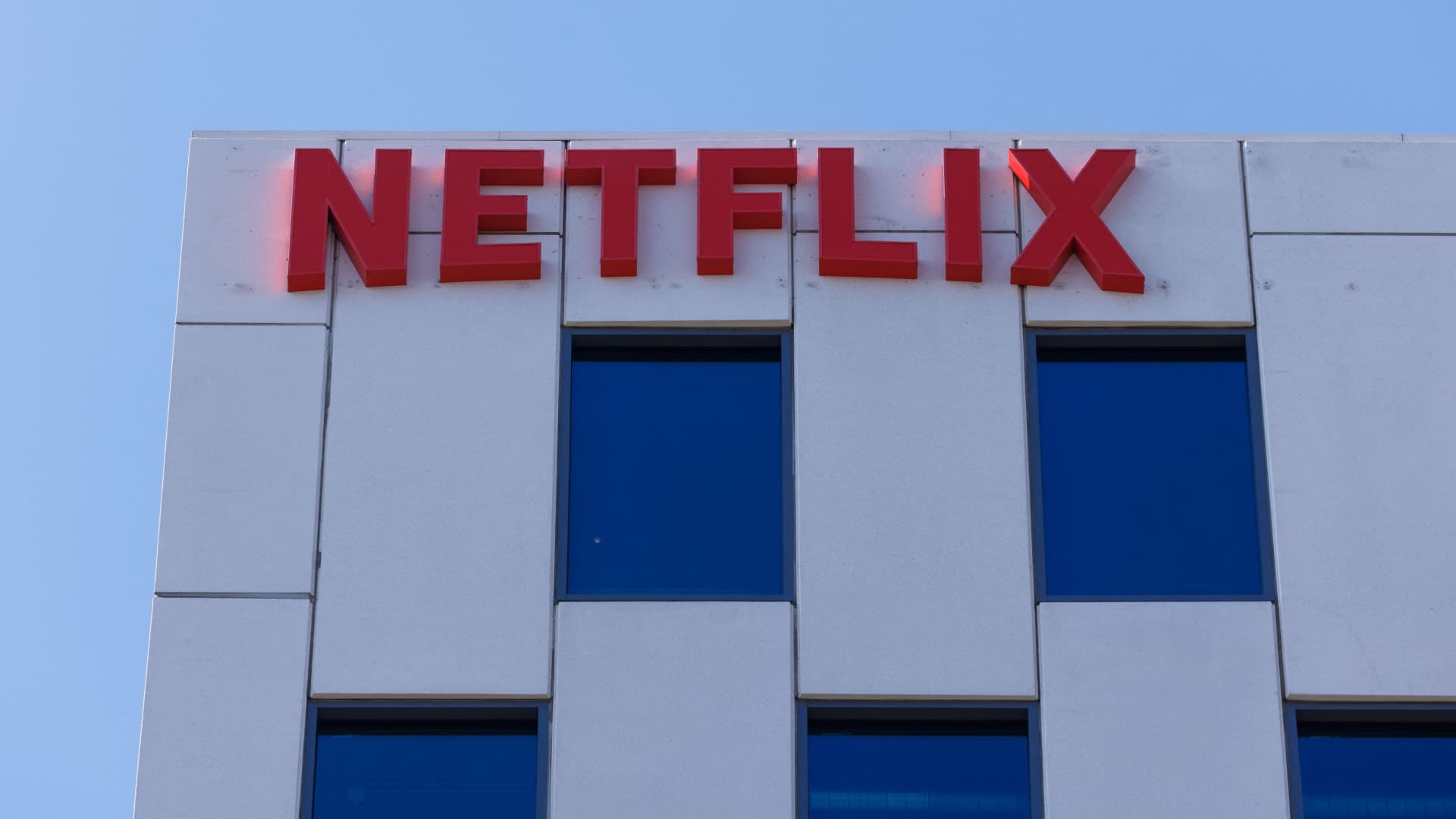
As oceans warm, Barclays now anticipates a worse-than-expected hurricane season — and sees one stock that could be a good investment by the shift in outlook. Despite early expectations for a mild hurricane season given the El Niño weather pattern , Barclays analyst Craig Rye said the season should now be more severe than previously anticipated in both the Atlantic and Pacific Oceans. This is primarily due to warmer sea surface temperatures in the Atlantic, as evidenced by readings off the coast of Florida just this week, the analyst said. On Monday, a data collection buoy recorded an ocean temperature at Manatee Bay, Florida topping 101 degrees. A Colorado State University study shows sea surface temperatures are a key factor in estimating how many hurricanes will form their severity. The latest CSU forecast calls for 18 named storms, with four expected to be major hurricanes. CSU also named Florida, Texas and Louisiana as areas of elevated risk. Against that forecast, Rye said the Accumulated Cyclone Energy index, a measure of a hurricane season’s strength, is likely to come in around 160. Between 2010 and 2022, storms with an ACE near that level have typically brought costs ranging as high as $90 billion. Beyond the human and economic costs of severe hurricane seasons, however, Rye said property and casualty insurance data provider Verisk Analytics could benefit from a more severe season as a result of higher claims. The stock “stands out as a primary beneficiary from any elevated claims activity resulting from an uptick in hurricane activity,” the analyst said. Verisk’s Xactware computer system for estimating the costs of property losses will get more use as the level of destruction rises, Rye said. Barclays insurance analyst Tracy Benguigui noted that there are geographical variables at play, too, since a hurricane making landfall in a more densely populated area would translate into more claims. More attention on the possibility of a worse storm season — even if an unusual number of hurricanes don’t emerge — can itelf prove good news for Verisk, because it increases use of the company’s catastrophe modeling platform, Rye said. He noted, for example, that second quarter catastrophe insurance demand reached a record, while reinsurance renewal issuance also grew. That said, there are risks to Verisk from increased catastrophes threatening insurance companies on the verge of failure; causing insurers to leave certain jurisdictions, as is already occurring in Florida and California; or leading to stepped-up consolidation and fewer property and casualty insurers and reinsurers in the industry. VRSK YTD mountain Verisk’s 2023 It’s already been a strong year for Verisk stock, with shares up more than 34% since 2023 began and reaching new all-time highs twice in July. Elsewhere, Rye noted reinsurers tend to outperform in hurricane season with little impact from the actual strength of that season. Rye specifically pointed to Munich Re and Lancashire as the most exposed to potential hurricane losses this year. More focus on the environment should also help climate analytics providers such as MSCI and S & P Global sustain growth, he said. — CNBC’s Michael Bloom contributed to this report




